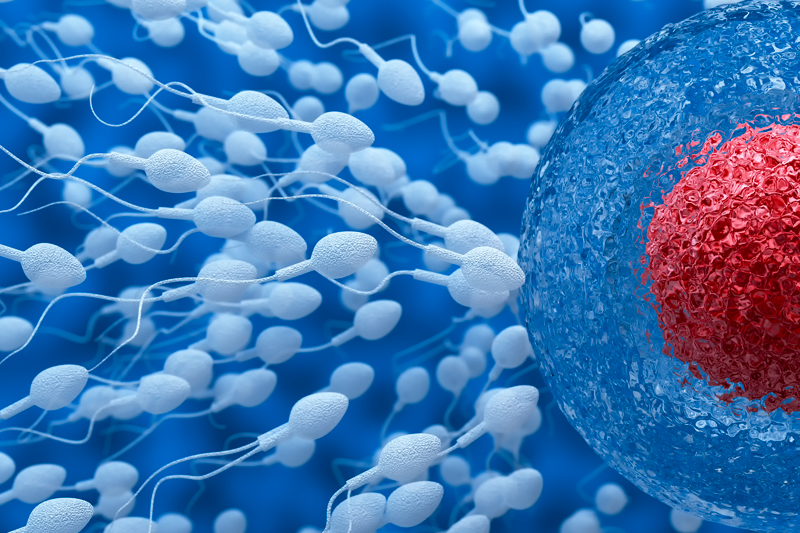In their quest to have a child, a couple today has a number of therapeutic approaches at their disposal.
IVF is just one of these treatments that are generally described as assisted reproduction. It is also the most invasive method of assisted reproduction, since both fertilization and the early stages of embryo development take place outside the female body, in a laboratory environment.
Prior to the choice of IVF, other less invasive assisted reproductive therapies have either been ruled out as inappropriate or applied with no effect.
The least intrusive of these approaches is to induce ovulation. It is a relatively simple technique aimed at developing and ovulating one or two eggs the most. It is most common in women who do not ovulate on their own, with the most common example being polycystic ovary syndrome. There are cases where ovulation induction is also suggested in women with automatic ovulation to produce more than one egg and improve their hormonal profile, theoretically increasing the chance of conception.
The most invasive option for ovulation induction is insemination, a process by which the sperm is inserted into the uterus with the help of a thin catheter and can be performed either in a completely natural cycle or in the event of ovulation with medication (oral or injectable). Basically, the egg is monitored by ultrasound and hormone tests during the cycle to determine the likely date for ovulation. On that day, the partner gives a sample of semen, which is processed on special machines to improve it. A few hours later the processed semen is placed in the uterus.
The surgical approach may also be chosen to treat infertility in cases where there is evidence. The interventions concerned are specific conditions in the man or woman that may be surgically treated and lead to conception either naturally or by assisted reproduction methods.
With regard to IVF, it is worth noting that it can also be attempted by the natural cycle method, that is, without the use of drugs, either in women who do not wish to receive ovarian stimulation drugs or in women whose response to medicines is poor.






